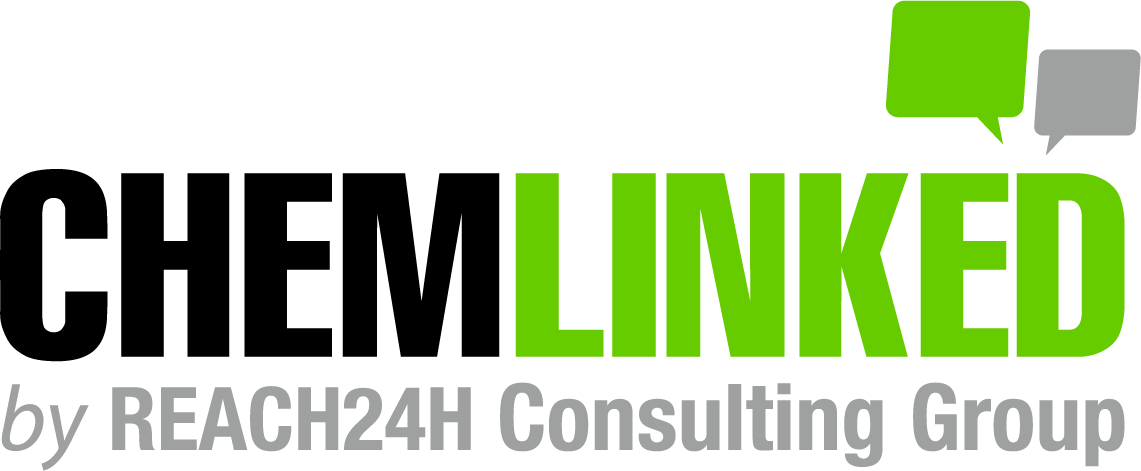In March, 2015, 17 experts from 11 countries met at International Agency for Research on Cancer (IARC, Lyon, France) to access the carcinogenicity of some pesticides including Glyphosate. The report published indicates that Glyphosate is classified as probably carcinogenic to humans. The evaluation is based on large amount of existing studies but not any new research results. Result of IARC raised a heat discussion.
Monsanto the inventor of glyphosate then claimed that the assessment of IARC is unreasonable; the result differs from the main mainstream opinion, and data’s science is doubtful.
In Europe, Glyphosate is in a sensitive status. The approval of Glyphosate under Biocidial Products Regulation (BPR) in EU will end on December 31st, 2015. Glyphosate is now under evaluation for product renewal under BPR, which may influent next 10-years development in EU market. In addition, pesticide in EU would be assessed by authorized member country, and then European Food Safety Authority (EFSA) shall organize a peer review. One of the scientific risk assessment principles of European Commission is considering all known scientific factors. It means if IARC discloses all the references that indicating Glyphosate is probably carcinogenic to humans may affect the destiny of Glyphosate in EU market.
In other countries, the public seems to pay more attention on glyphosate. United States Department of Agriculture (USDA) published a 2013 pesticide data program annual summary in December of 2014 covering 513 pesticides but without any data about glyphosate. This caused tough questioning and USDA would add glyphosate to the next survey program. In addition, Brazil would start reassessment and FESPORSA made of more than 30,000 doctor and health professionals in Argentina claim to support the research of IARC to refuse glyphosate.
This year, the assessment is undertaken by Federal Institute for Risk Assessment (BfR). BfR may have built the most comprehensive toxic database among the world. BfR has undertaken the safety assessment in 2004 and 2014, the result all indicate that glyphosate is safe. If nothing unexpected happens, BfR would insist non-carcinogens. After all the assessment during the past half a year, finally, on November 12th 2015, EFSA and the EU Member States have finalized the re-assessment of glyphosate. The report concludes that glyphosate is unlikely to pose a carcinogenic hazard to humans and proposes a new safety measure that will tighten the control of glyphosate residues in food. The peer review group concluded that glyphosate is unlikely to be genotoxic (i.e. damaging to DNA) or to pose a carcinogenic threat to humans. Glyphosate is not proposed to be classified as carcinogenic under the EU regulation for classification, labelling and packaging of chemical substances. In particular, all the Member State experts but one agreed that neither the epidemiological data (i.e. on humans) nor the evidence from animal studies demonstrated causality between exposure to glyphosate and the development of cancer in humans.
So far, the only three official institutions that approve glyphosate as safe pesticide are CODEX build by FAO and WHO, U.S. EPA and FDA, EFSA. Standards or regulations that drafted by other governments and official pesticide safety assessment institutions are based on the assessment result by the above three institutions. Since large amount of research and data of EPA, EFSA and CODEX shows that glyphosate is safe, they would not consider the negative opinions proposed by IARC. Next, the EFSA conclusion will inform the European Commission in deciding whether or not to retain the substance on the EU’s list of approved active substances. This is a condition for enabling Member States to authorize its continued use in pesticides in the EU.




